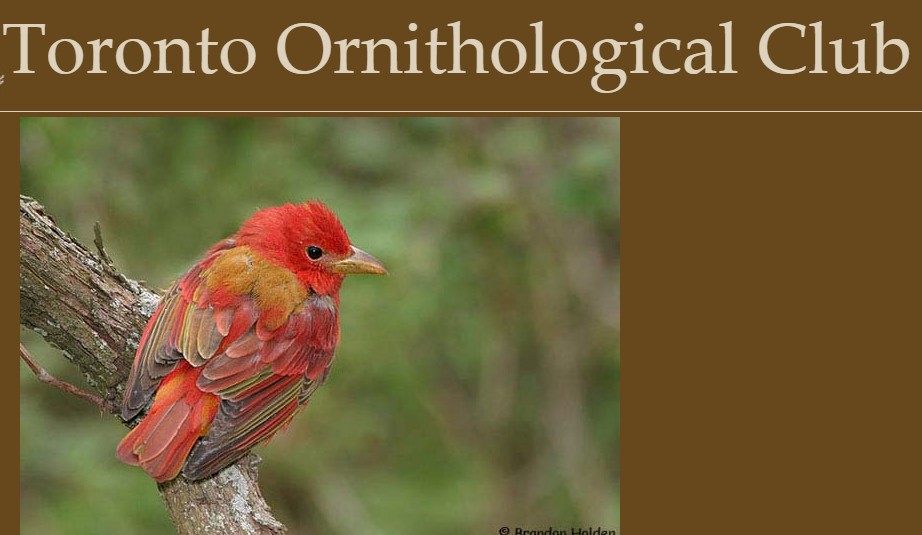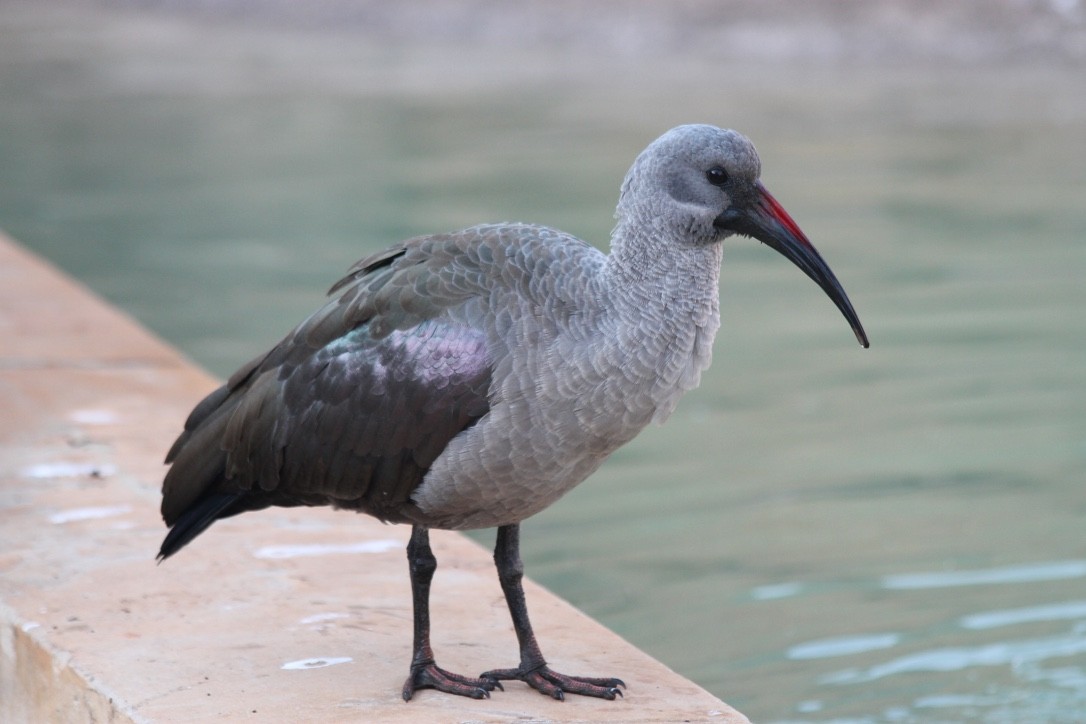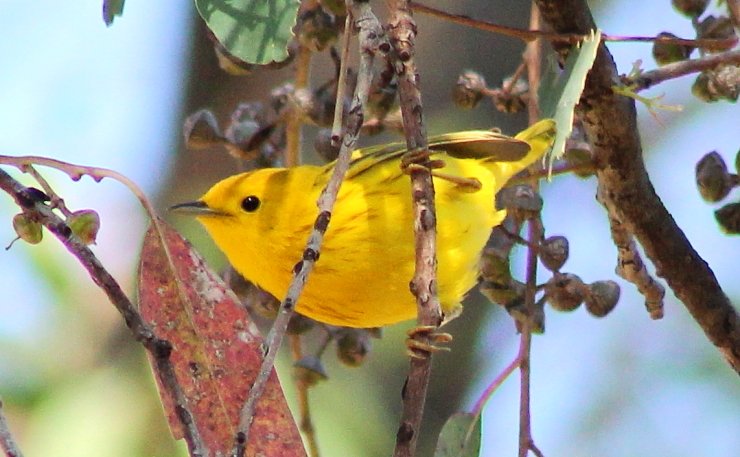PROTECT YOUR DNA WITH QUANTUM TECHNOLOGY
Orgo-Life the new way to the future Advertising by AdpathwayThe Bald Eagle, a symbol of freedom and resilience, is more than just the United States’ national bird. It is a testament to the power of conservation efforts, the resilience of nature, and the hope that endangered species can recover when given the proper care and attention. Once teetering on the brink of extinction, the Bald Eagle has made an impressive and inspiring comeback over the last few decades.
 Photo by Robert Sachowski
Photo by Robert SachowskiThe Decline of the Bald Eagle
Historically, Bald Eagles were abundant across North America, from Alaska to northern Mexico, and from the East Coast to the West. By the late 19th and early 20th centuries, however, their populations began to decline at an alarming rate. The primary factors contributing to the decline of the Bald Eagle population were hunting, habitat destruction, and exposure to toxic chemicals.
In the early years of European settlement in North America, Bald Eagles were frequently hunted, largely because of their predatory nature. Farmers and ranchers viewed eagles as a threat to their livestock, and the birds were often killed in retaliation for preying on domesticated animals. Additionally, Bald Eagles were sometimes trapped or shot for their feathers, which were considered valuable for ornamental use, or simply out of fear and misunderstanding.
 Photo by Timothy Abraham
Photo by Timothy AbrahamAs the U.S. rapidly expanded its infrastructure, Bald Eagle habitats were destroyed. Eagles prefer tall, mature trees near large bodies of water for nesting, and as urbanization and deforestation spread across the country, their natural habitats were increasingly encroached upon. Dam construction, agriculture, and logging disrupted the landscape, leading to a loss of suitable nesting sites and a decline in prey availability.
One of the most devastating threats to the Bald Eagle population was the widespread use of pesticides, particularly DDT (dichlorodiphenyltrichloroethane), which was commonly used in agriculture from the 1940s to the 1970s. DDT was a powerful insecticide that worked by killing pests, but it also had serious environmental consequences. Bald Eagles, along with other birds of prey, would ingest DDT through contaminated prey. The chemical interfered with the birds’ calcium metabolism, causing their eggshells to become thin and fragile. As a result, eagles would often lay eggs that would crack before hatching, leading to significant reproductive failure.
 Photo by Manoj Balotia
Photo by Manoj BalotiaBy the 1960s, the Bald Eagle population had plummeted to dangerously low levels, and the bird was on the verge of disappearing entirely from parts of the United States. At one point, only a few hundred breeding pairs remained in the wild.
The Turning Point
The Bald Eagle’s dramatic decline caught the attention of environmentalists, biologists, and lawmakers, prompting a national effort to protect the species. In 1972, the Bald Eagle was listed as endangered under the Endangered Species Act (ESA), providing it with legal protection against hunting, habitat destruction, and the use of harmful pesticides. This was a critical turning point in the bird’s recovery.
One of the most significant actions taken to aid the Bald Eagle’s recovery was the ban on DDT in 1972. Scientists had already established a link between the pesticide and the thinning of eagle eggshells, and its ban immediately resulted in a reduction in the chemical’s presence in the environment. Over time, this helped eagles to produce stronger eggs and increased the chances of successful hatching.
 Photo by Mathew Schwartz
Photo by Mathew SchwartzConservationists also worked to protect and restore Bald Eagle habitats. A key aspect of this involved creating safe, suitable environments for the eagles to nest and raise their young. Efforts were made to protect known eagle nests from human disturbance, and wildlife managers established regulations to prevent logging or other development activities near critical eagle habitat areas.
In some cases, biologists built artificial nests in an effort to encourage breeding. These man-made nests provided the eagles with a safe and stable place to lay eggs, especially in areas where natural nest sites were sparse or already occupied. These interventions proved crucial in stabilizing the eagle population.
Captive Breeding and Reintroduction Programs
While the majority of recovery efforts focused on the protection and enhancement of wild habitats, some conservation programs also employed captive breeding programs. Eagles that were bred in captivity were carefully raised and, when mature, released back into the wild. This
helped bolster the population, especially in areas where wild eagles were struggling to thrive.
 Photo by Richard Lee
Photo by Richard LeeThe most famous of these programs was the “hack-and-release” method, where young eagles were raised in artificial nests and then released into the wild when they were old enough to survive on their own. This approach had great success, particularly in states like Idaho and Florida, where eagle populations had been decimated.
An often-overlooked but critical aspect of Bald Eagle recovery was public awareness. Environmental organizations, wildlife agencies, and researchers worked tirelessly to educate the public about the importance of the Bald Eagle and the threats it faced. By engaging with local communities, ranchers, and farmers, these organizations were able to garner support for the birds’ protection and encourage the public to report sightings, monitor eagle nests, and refrain from disturbing them.
 Photo by Cibi Chakravarthi
Photo by Cibi ChakravarthiA Population on the Rise
Thanks to these concerted efforts, the Bald Eagle population began to rebound significantly in the 1980s and 1990s. By the 2000s, the Bald Eagle had become a success story in the realm of wildlife conservation. The bird was removed from the list of endangered species in 2007, having exceeded population recovery goals set by the U.S. Fish and Wildlife Service.
As of recent estimates, there are now over 300,000 Bald Eagles in North America, with more than 70,000 pairs actively breeding in the U.S. This marks an extraordinary recovery from the low of fewer than 500 breeding pairs in the 1960s. The eagle population continues to grow in many regions, especially in areas where habitat restoration projects and the protection of wetlands and forests have been successful.
Not only has the Bald Eagle population grown, but the range of the species has expanded as well. Once confined to remote, undisturbed areas, Bald Eagles are now found in urban and suburban environments, especially in the northern U.S. and parts of Canada. Eagles are even being spotted in places where they were once thought to be extinct, such as in the desert Southwest and urban areas along the East Coast.
 Photo by Susan Myers
Photo by Susan MyersWhat Does the Future Hold?
Despite the remarkable recovery, challenges remain for the Bald Eagle. Habitat loss continues to be a concern, especially as human development expands into previously untouched areas. Climate change also poses new threats, as rising sea levels and unpredictable weather patterns affect the birds’ migratory patterns, nesting sites, and food sources.
Additionally, Bald Eagles face threats from lead poisoning. As hunters use lead ammunition, eagles that scavenge carcasses of animals killed by hunters may ingest lead fragments, leading to poisoning. Efforts to promote the use of non-lead ammunition in hunting and increase awareness about this issue are ongoing.
However, the Bald Eagle’s story is one of resilience. With continued vigilance, habitat restoration, and public engagement, there is hope that the eagle’s population will continue to thrive well into the future. The comeback of the Bald Eagle is not just a victory for wildlife conservation; it is a reminder that with the right strategies and collective action, we can protect and preserve the natural world for generations to come.
The comeback of the Bald Eagle is a powerful symbol of the possibilities inherent in conservation efforts. Through a combination of legal protection, habitat restoration, the banning of harmful chemicals, and public education, the Bald Eagle has soared from the brink of extinction to becoming a thriving species. As the eagle continues to grace the skies, it serves as a beacon of hope, reminding us that even the most vulnerable species can recover if we take the necessary steps to protect them. The eagle boom is a true testament to the power of conservation and a hopeful glimpse into the future of wildlife recovery.























 English (US) ·
English (US) ·  French (CA) ·
French (CA) ·